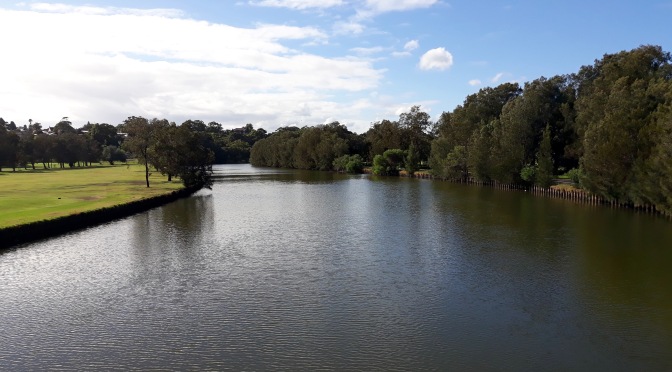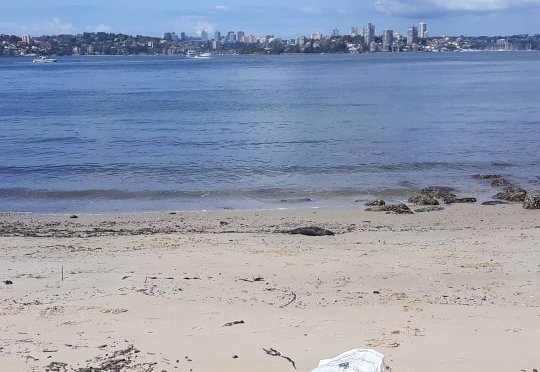The platypus has been an enigma that has baffled Western science for nearly 200 years. When the first specimen arrived in Britain from Australia in 1799, Dr. George Shaw thought it to be an elaborate hoax. If you were to see one, you would think the same. A platypus looks like it has been sewn together using parts of a duck, a rat and a beaver. Aside from its looks, its evolution and biology continues to intrigue scientists and conservationists. For example, the platypus belongs to a group of animals that fall within the order known as Monotremes – mammals that lay eggs (Echidnas are the other egg laying mammals). Further, the platypus belongs to a very small group of mammals that produce venom.
The platypus is endemic to Australia. It can be found in freshwater streams, lakes and rivers along the east coast of Australia and throughout Tasmania. They are most active at dawn and dusk and spend most of the day hiding in dens. When active, they spend most of their time foraging along the bottom for aquatic invertebrates. Their incredibly sensitive bills help them detect electric signals given by their prey. After mating, females can lay up to two eggs in their burrows. They are also the primary carers for the young until they are old enough to fend for themselves.
The true number of platypus in the wild is still unknown. Their cryptic nature makes them incredibly difficult to study. Both the International Union for the Conservation of Nature and the Australian Government list the platypus as ‘near threatened’. In 2016, the IUCN estimated that there was a 30% decline in their population since the arrival of Europeans. Some scientists believe that the decline may be as high as 50% (if not higher). This is unsurprising given that Australia has the highest rate of mammal extinction in the world.

There are a range of factors that are currently affecting the survival of platypus in the wild. These include; predation by foxes and dogs, loss of freshwater habitats due to the construction of dams and concrete channels, irrigation, pollution, drought, climate change and destruction of banks by livestock. Bushfires, like the one that occurred across large parts of eastern Australia can also have a negative impact. Large, intense fires can degrade vegetation along the banks of platypus habitats as well as cause injury to any platypus (and other animals) that might be hiding in underground burrows. The soot and ash after a fire can wash into freshwater habitats can also have a negative impact by reducing the availability of invertebrates that platypus feed on.
With so many interrelated and complex factors impacting on the survival of this iconic species in the wild, any effort to make a positive difference might seem overwhelming. Particularly, for those of us who live in urban centers like Sydney and far removed from platypus habitats.
However, there is a simple way we can help give these animals the best chances of survival. That is by disposing of litter, particularly, single-use plastic items thoughtfully. Plastic bags, rings, hair ties, cable ties, rubber bands and balloons that find their way into freshwater habitats can be incredibly detrimental to platypus (and other animals). Fishing gear and certain types of freshwater traps have also been found to be dangerous for platypus. There are reports of platypus being found with these items tangled around their bodies. Many end up drowning as they snag and get caught in submerged branches and debris.
Looking for ways to reduce our use of single-use plastic items is a great way to have a positive impact on the environment. The best part is that you can do this anywhere – at home, in the office and at school. Even those who enjoy fishing can do their part by taking all their fishing gear once they are done and by regularly checking their traps. By reducing our reliance and use of single-use plastics and being more thoughtful of our litter habits, we can help give the iconic and enigmatic platypus a fighting chance for survival.
**Thoughts and comments welcome**
**Feel free to subscribe via email. That way you will be notified when I publish a new article**




